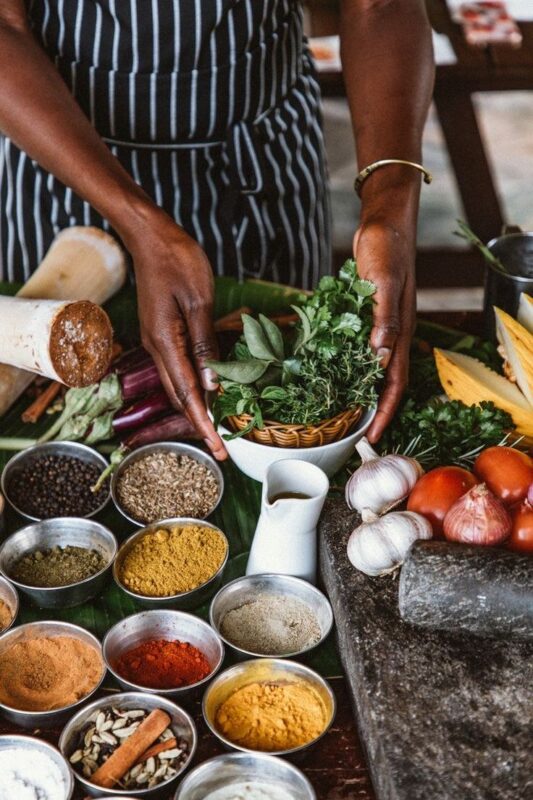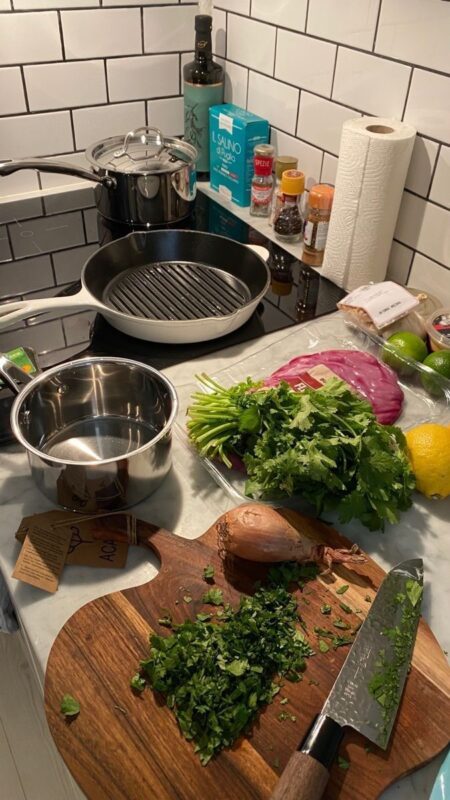Uncategorized
Plants are not alternative medicine – They are the original
Alright, gather ’round because I’m about to drop some knowledge on you about plants and medicine, real talk-style. Strap in, because it’s about to get real educational and sassy up in here!
So, let’s start by setting the record straight. You know when folks start talking about “alternative medicine” like it’s some new trend they found on a social media reel? Girl, bye! Let me break it down: plants have been holding us down long before humans even knew how to spell “medicine.”
Picture this: way before dudes in white coats started whipping up pills in labs, people relied on nature’s pharmacy. We’re talking thousands of years ago—think way back when folks were living in caves and rocking animal skins. They were out there in the wild, plucking leaves, flowers, and roots to heal their aches, pains, and tummy troubles. To them, these plants weren’t “alternative.” They were the ONLY medicine around.
Now, fast-forward to today—people throw shade on plant remedies like they’re just a cute backup plan. Uh-uh, hold up! Those leafy lifesavers have street cred. Ancient civilizations like the Egyptians, Chinese, and Native Americans were hip to the game. They used herbs, spices, and all things green to cure everything from colds to cranky moods. Basically, they were the original pharmacists, mixing up nature’s goodness into potions and poultices.
And let’s not play—science knows what’s up! Countless modern medicines are actually inspired by what plants do naturally. Take aspirin, for example. That stuff came from willow bark, honey! And quinine, which fights malaria, is all about that bark from the Cinchona tree. So, plant magic isn’t just old wives’ tales—it’s the real, tested, and trusted deal.
Here’s the tea: when you sip on ginger tea for a sore throat or dab lavender oil to chill out, you’re not dabbling in something weird. You’re tapping into ancient wisdom, baby! These remedies have been passed from your ancestors as nature’s gift to health.
Now, I’m not saying ditch all conventional medicine, because modern healthcare is a blessing. But next time someone tries to act like plant-based remedies are just a fad, spill this truth tea and let them know they’re the OGs of healing. They paved the way for all the high-tech stuff you see today.
So, next time you hear someone calling plant medicine “alternative,” just smile and think, “Oh honey, this ain’t new—this is historic, legendary, and straight-up fabulous.” Those plants are like the grandmas of medicine: wise, experienced, and always knowing just what you need. Stay woke and give plants the props they deserve!

Here are some prime examples of how plants have been stepping up as straight-up medical MVPs through the ages. They’re some of the easiest to find medicinal of the botanical world—always delivering the hits in the health department.
- Aloe Vera: This green queen has your back for all things skin-related. Got a sunburn? Slap on some aloe, and bam! Instant relief. It’s also great for cuts and scrapes. People have been using aloe vera for thousands of years, dating back to ancient Egypt, where it was dubbed the “plant of immortality.”
- Ginger: This spicy little root is like the friend you didn’t know you needed when your tummy’s doing flip-flops. Whether it’s morning sickness or just too much pizza, ginger tea or ginger ale can help settle things down. Plus, it’s got anti-inflammatory properties!
- Peppermint: Got a headache, sis? Try some peppermint oil. This fresh little herb packs a punch when it comes to soothing tension headaches and even helping with digestion woes.
- Echinacea: When the sniffles start sneaking up, this flower is clutch. Used by Native American tribes for centuries, echinacea is the go-to for giving your immune system a kick-start during cold and flu season.
- Garlic: Now, garlic might keep the vampires away, but it also keeps your heart happy. With its natural ability to help lower blood pressure and cholesterol, garlic is a small but mighty hero in the heart-health arena.
- Turmeric: Let’s give it up for this golden spice! Turmeric has been a superstar in Ayurvedic medicine for ages, known for its powerful anti-inflammatory effects thanks to curcumin. It’s often used to help with arthritis and general joint pain.
- Willow Bark: The original aspirin. Long before the little white pills, people were chewing on willow bark to relieve pain and reduce fevers. It contains salicin, which your body converts into salicylic acid—a key component of aspirin.
- Lavender: Feeling stressed or having trouble catching those Zzz’s? Lavender is like a mini spa day. Whether it’s in oil, tea, or pillow spray form, it’s known for its relaxation and sleep-promoting properties.
- Chamomile: This little daisy-like plant is your gentle giant of calm. Chamomile tea is perfect for winding down after a long day and can even help with digestion and sleep issues.
- Ginseng: Known for its energy-boosting and immune-boosting properties, ginseng has been a staple in traditional Chinese medicine for ages. It’s like a natural pick-me-up when coffee just isn’t cutting it.
There you have it—plants aren’t just part of your backyard scenery; they’re bona fide healers with a long track record. So, next time you’re sipping on some herbal tea or diffusing essential oils, remember you’re not just chasing vibes; you’re tapping into centuries of tried-and-true plant power. That’s some mother nature magic right there!


